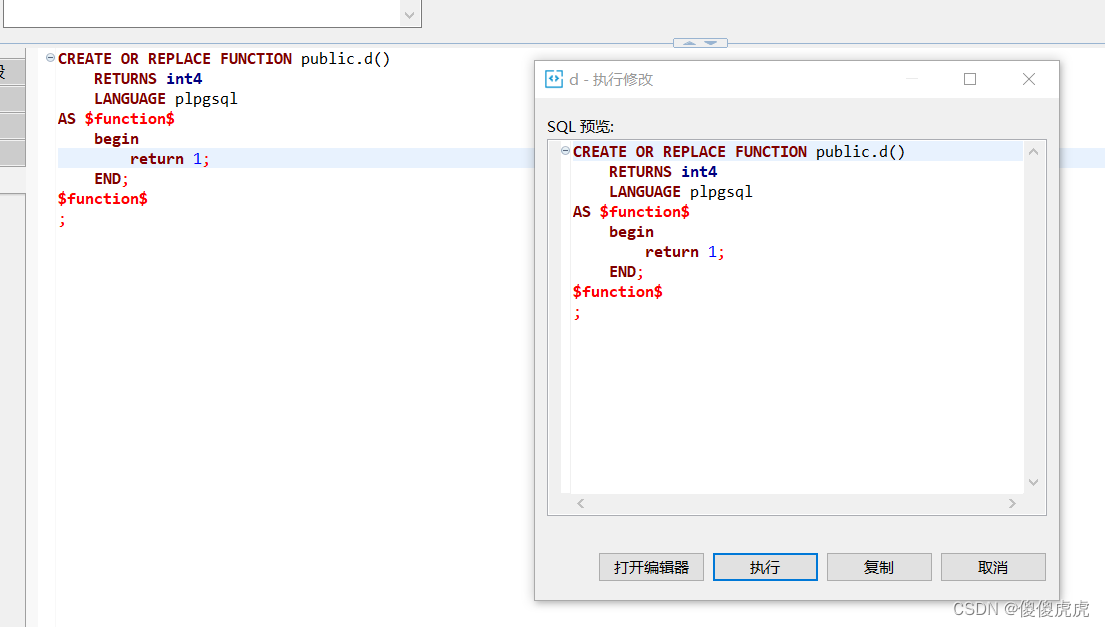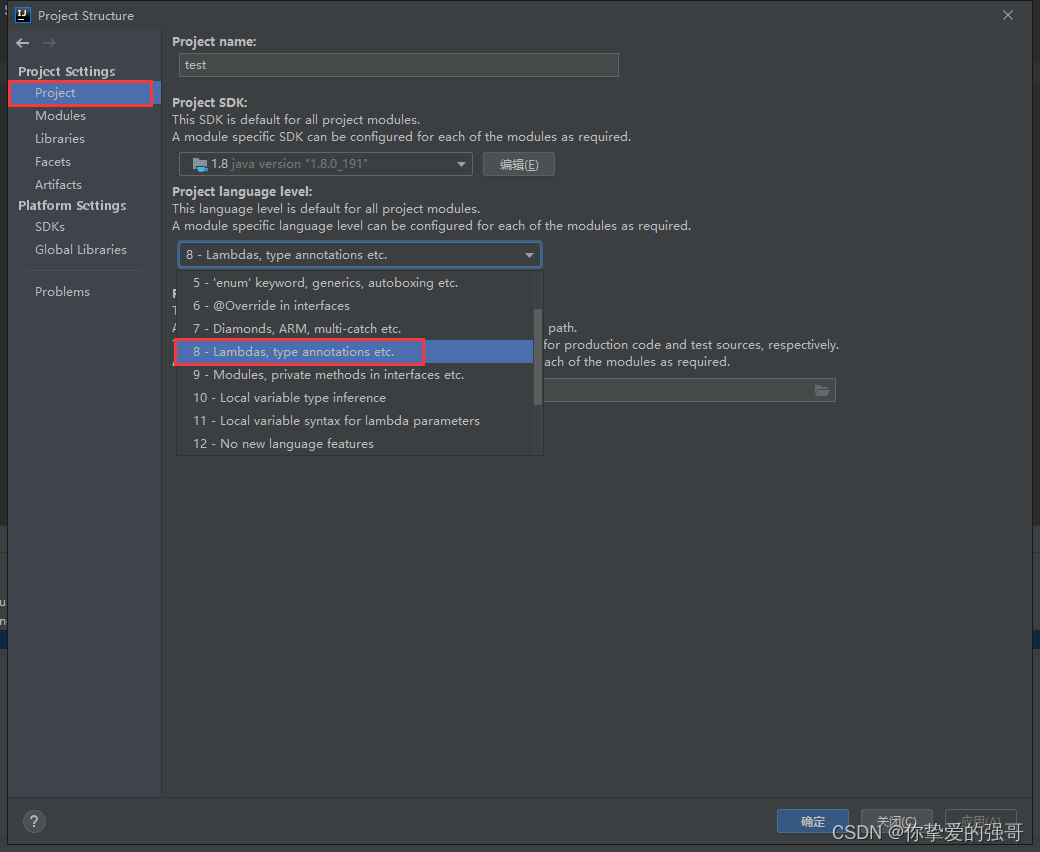使用有名管道实现两个进程之间的通信
进程A
#include <myhead.h>
int main(int argc, const char *argv[])
{
//创建两个文件描述符用于打开两个管道
int fd1=-1;
int fd2=-1;
//创建一个子进程
int pid=-1;
if((fd1=open("./mkfifo1",O_RDWR))==-1)
{
perror("open error");
return -1;
}
if((fd2=open("./mkfifo2",O_RDWR))==-1)
{
perror("open error");
return -1;
}
pid=fork();
if(pid==0)
{
//子
char rbuf[128]="";//创建一个用于接收进程B发来的消息的容器
while(1)
{
bzero(rbuf,sizeof(rbuf));//容器清零
read(fd1,rbuf,sizeof(rbuf));//读取数据
printf("收到消息:%s\n",rbuf);
if(strcmp(rbuf,"quit")==0)//退出条件
{
break;
}
}
close(fd1);//关闭管道
close(fd2);
exit(EXIT_SUCCESS);//关闭子进程
}else if(pid>0)
{
//父
char wbuf[128]="";//创建一个用于向进程B写入数据的容器
while(1)
{
bzero(wbuf,sizeof(wbuf));//容器清零
read(0,wbuf,sizeof(wbuf));//终端写入
wbuf[strlen(wbuf)-1]=0;//将'\n'替换成'\0'
write(fd2,wbuf,sizeof(wbuf));//写入数据
if(strcmp(wbuf,"quit")==0)
{
break;
}
}
close(fd1);
close(fd2);
wait(NULL);//回收子进程
}else
{
perror("fork error");
return -1;
}
return 0;
}进程B
#include <myhead.h>
int main(int argc, const char *argv[])
{
int fd1=-1;
int fd2=-1;
int pid=-1;
if((fd1=open("./mkfifo1",O_RDWR))==-1)
{
perror("open error");
return -1;
}
if((fd2=open("./mkfifo2",O_RDWR))==-1)
{
perror("open error");
return -1;
}
pid=fork();
if(pid==0)
{
//子
char wbuf[128]="";
while(1)
{
bzero(wbuf,sizeof(wbuf));
read(0,wbuf,sizeof(wbuf));
wbuf[strlen(wbuf)-1]=0;
write(fd1,wbuf,sizeof(wbuf));
if(strcmp(wbuf,"quit")==0)
{
break;
}
}
close(fd1);
close(fd2);
exit(EXIT_SUCCESS);
}else if(pid>0)
{
//父
char rbuf[128]="";
while(1)
{
bzero(rbuf,sizeof(rbuf));
read(fd2,rbuf,sizeof(rbuf));
printf("收到消息:%s\n",rbuf);
if(strcmp(rbuf,"quit")==0)
{
break;
}
}
close(fd1);
close(fd2);
wait(NULL);
}else
{
perror("fork error");
return -1;
}
return 0;
}两个有名管道
#include <myhead.h>
int main(int argc, const char *argv[])
{
//创建两个有名管道
if(mkfifo("./mkfifo1",0664)==-1)
{
perror("mkfifo1 error");
return -1;
}
if(mkfifo("./mkfifo2",0664)==-1)
{
perror("mkfifo2 error");
return -1;
}
getchar();//自此处阻塞
system("rm mkfifo1 mkfifo2");//结束时删除两个有名管道
return 0;
}效果图

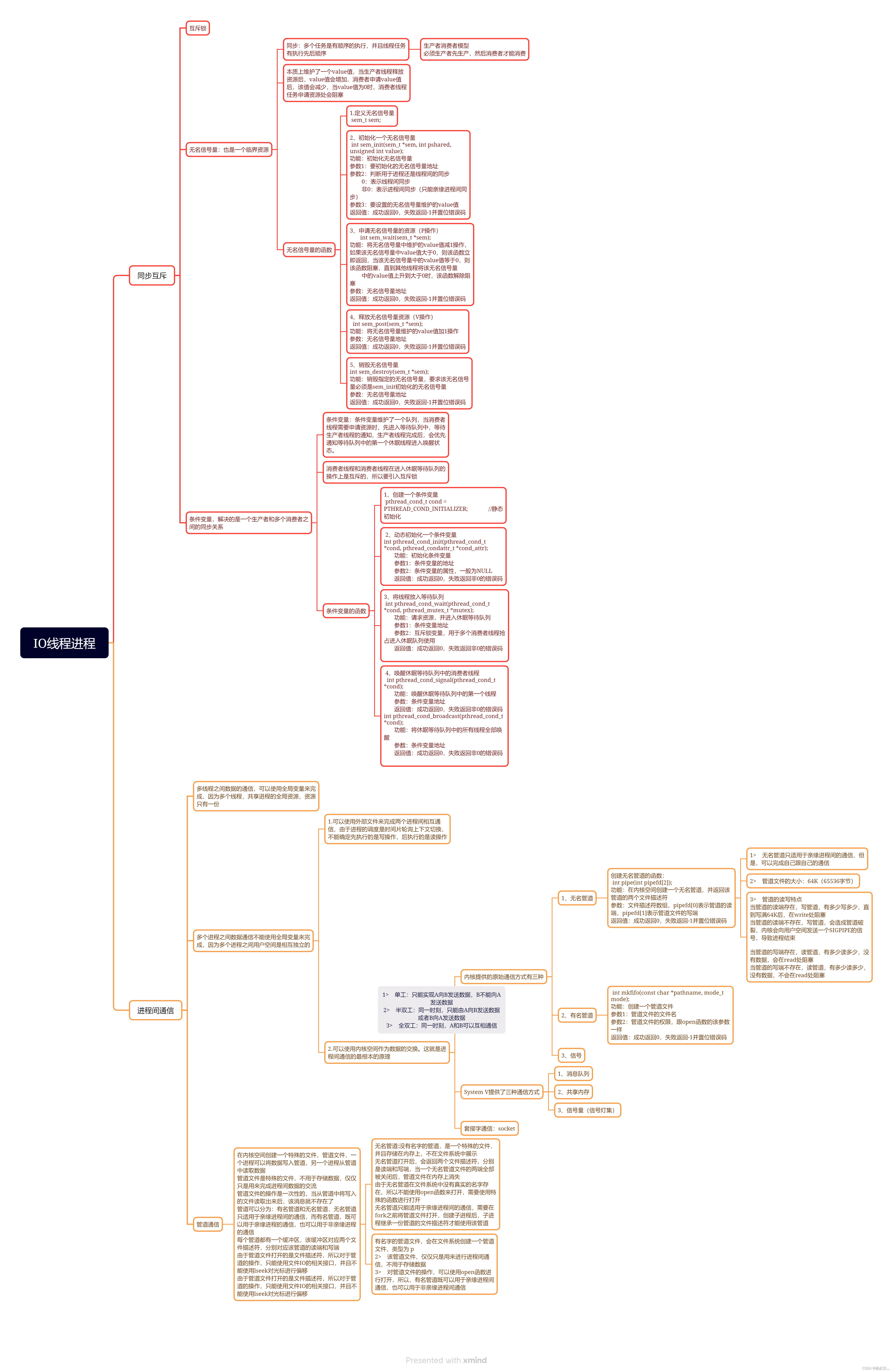


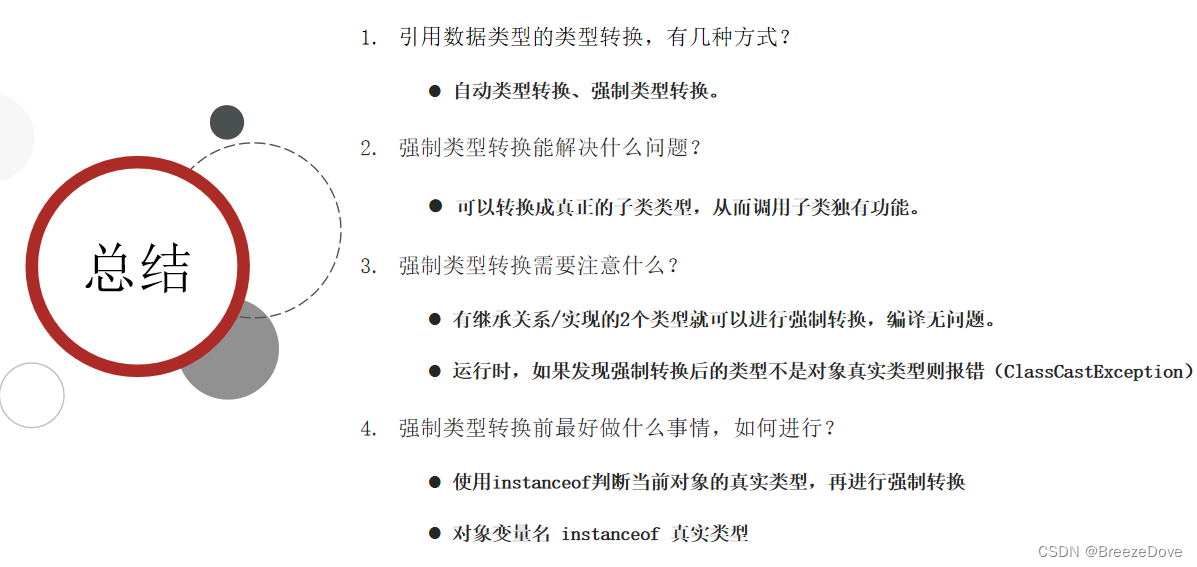





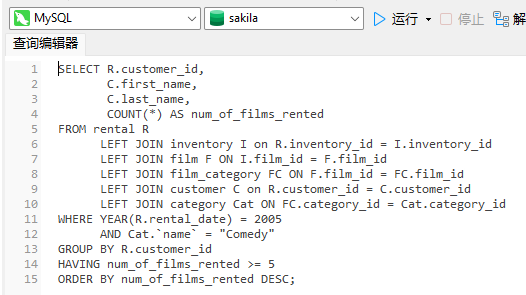



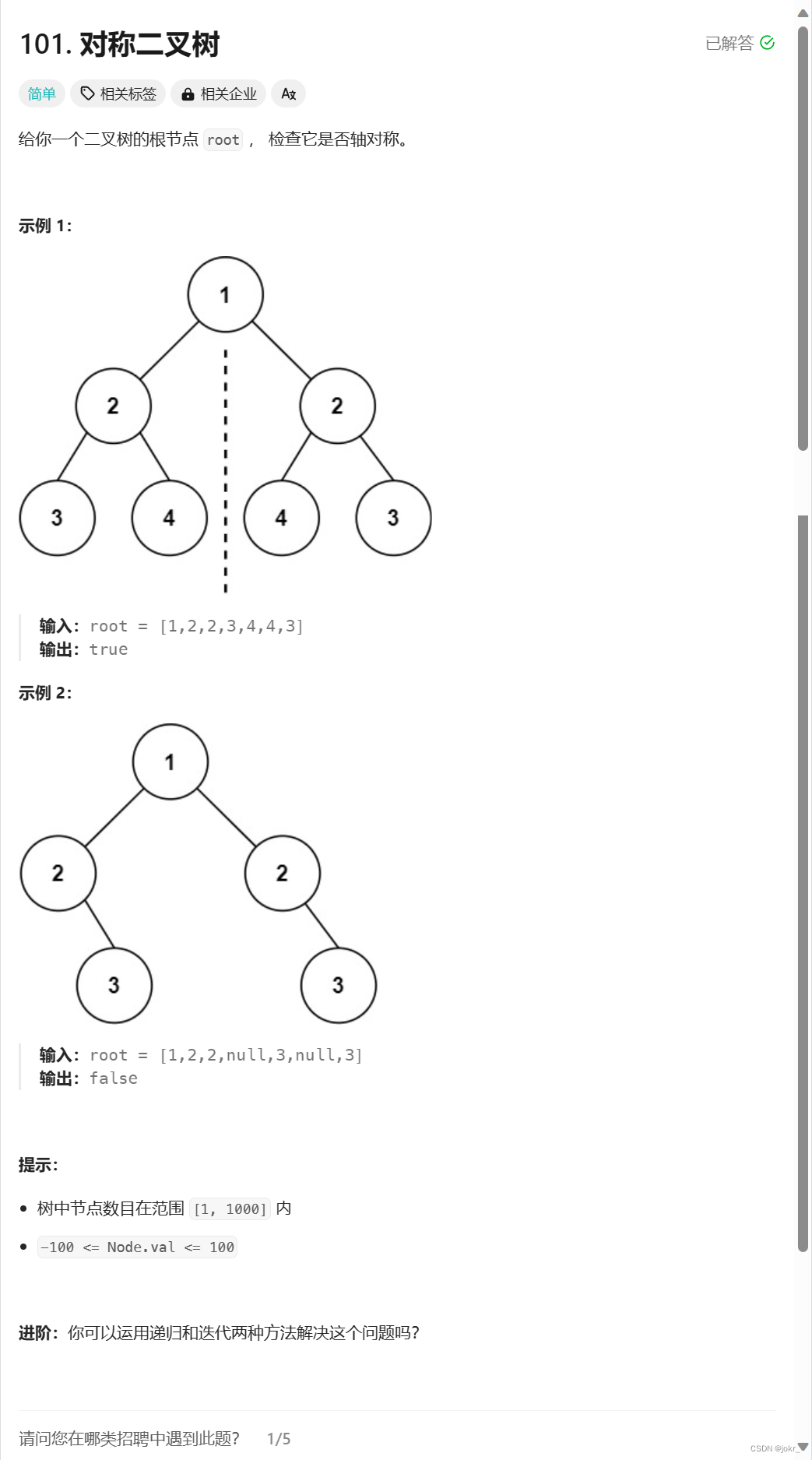

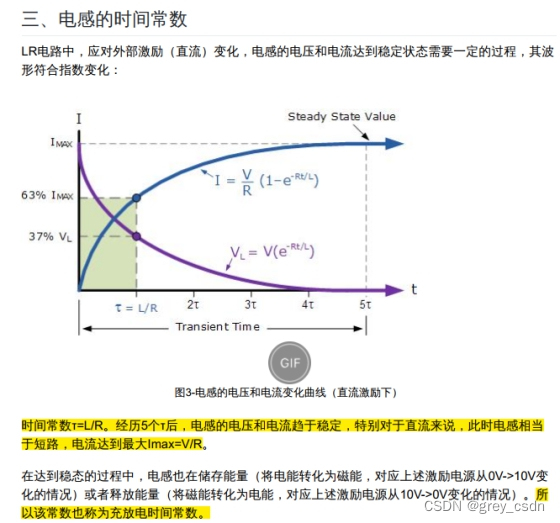
![[开源]万界星空开源MES系统,支持低代码大屏设计](https://img-blog.csdnimg.cn/direct/0a6752b88d9b4e308188bfaeb3b9cf2b.png)

